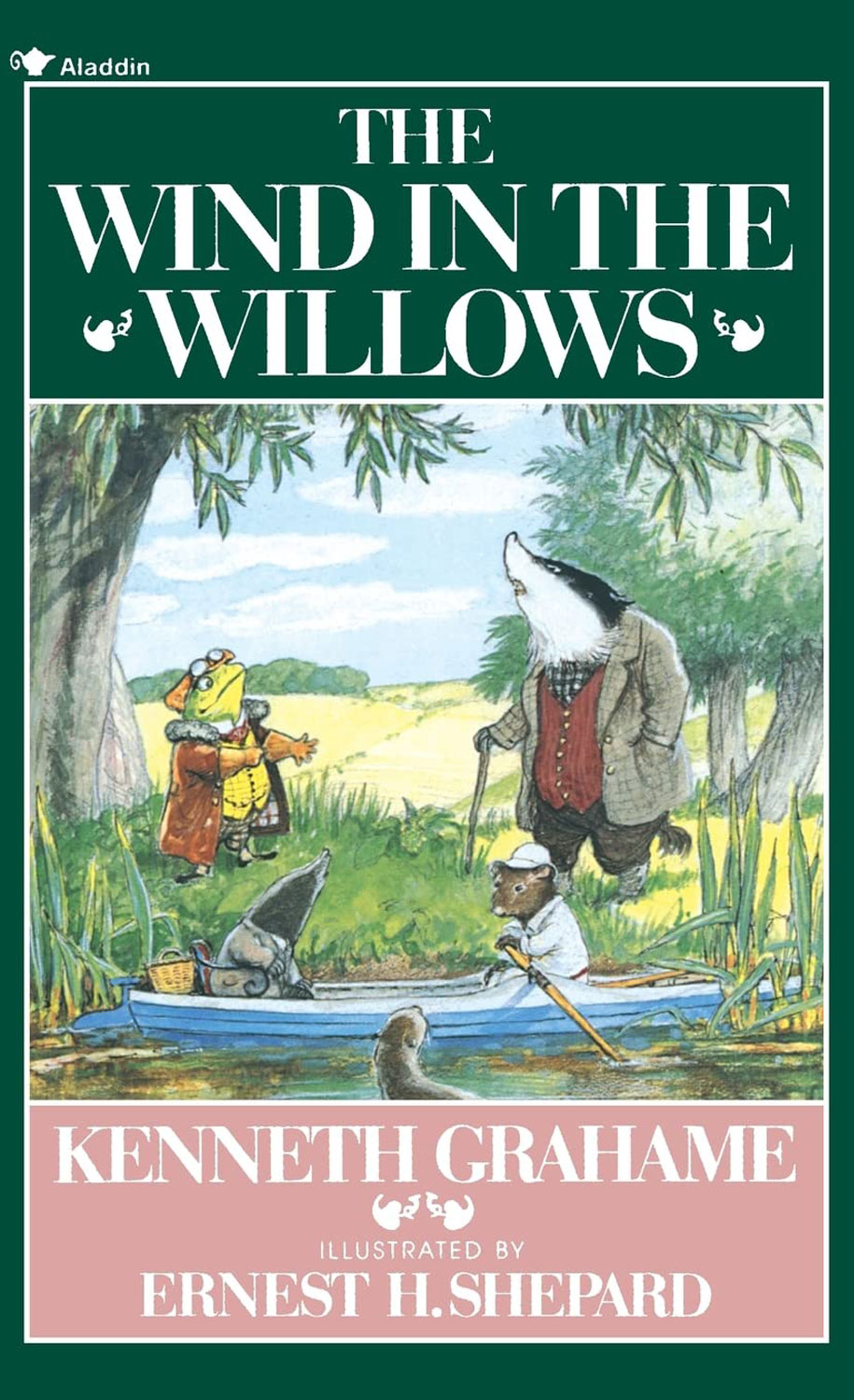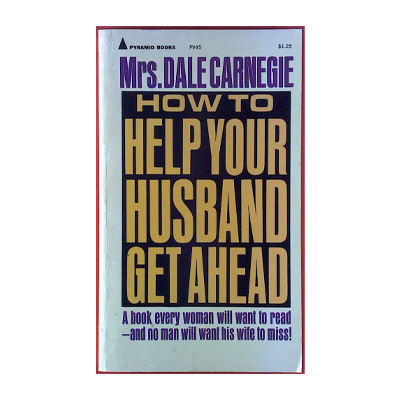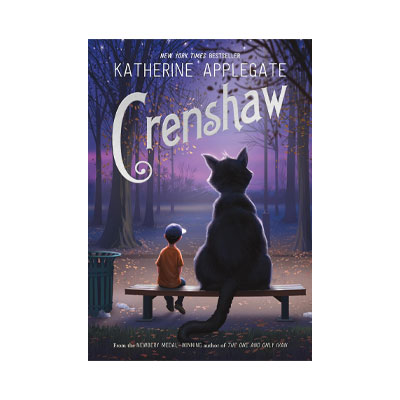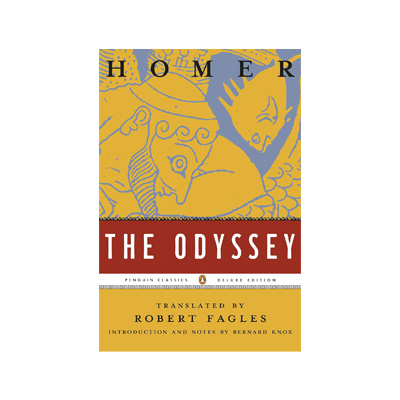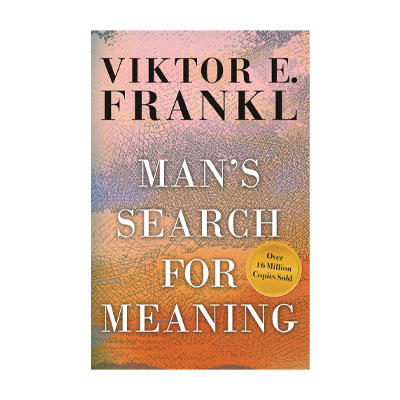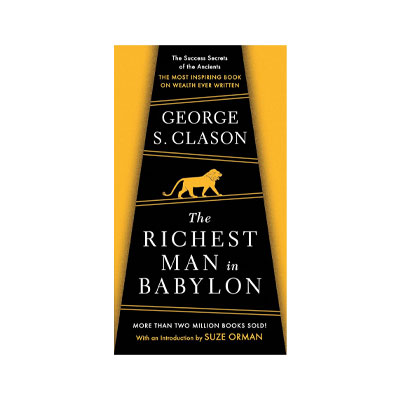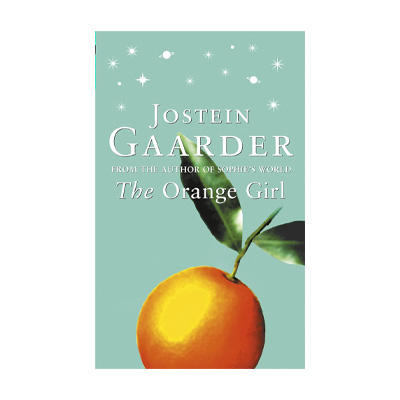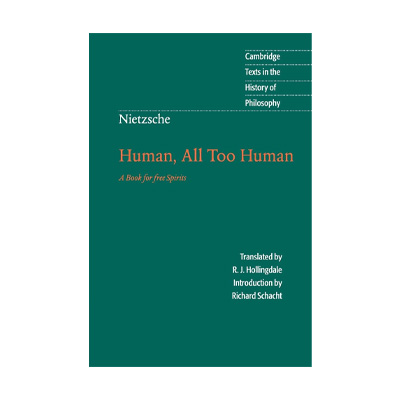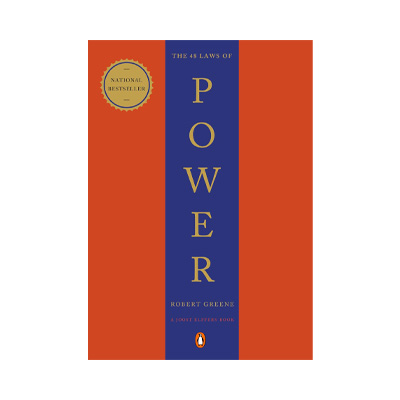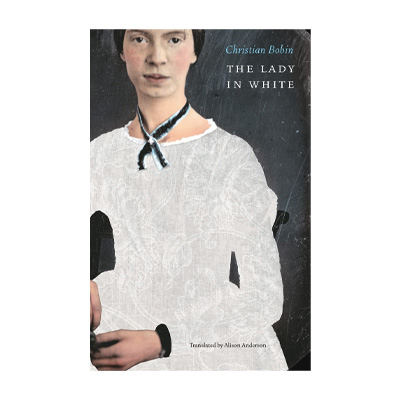Book Summary
The book "The Wind in the Willows" is a work by Kenneth Grahame that is considered one of the top English novels by The Guardian. Various films based on this work have been made between 1949 and 1994, and it has always been well-received by many people. The story features primarily non-human characters and animals that symbolize generosity, friendship, and courage, presenting these themes before the readers.
One of the main characters in Kenneth Grahame's acclaimed novel is Mole, who decides to take a break from his household chores with the arrival of spring and the freshness in the air, embarking on an outdoor adventure. After some time wandering, he arrives at a river he has never encountered before and meets a Water Rat, who spends most of his time by the river during this season. Mole has a boat, and together with Water Rat, they continue their exploration of the river, forming a friendly relationship along the way. They gradually become acquainted with other creatures, including Mr. Toad, who is very fond of speed, and Badger, who is characterized by his kindness. Interesting adventures unfold among them.
Grahame, whose book was first published in 1908, beautifully captures the emotions of Water Rat and the adventures of Mole with his engaging writing style. Mole, who can be considered the main character of the story, learns to swim and row over time and discovers how to navigate through the forest during winter despite the fear within him. All these events have specific reasons, and if the reader patiently follows the author and his novel from beginning to end, they will realize that he aims to discuss the role of wisdom in solving problems and to steer humanity away from thoughts of trickery and deceit. Additionally, the use of humor and poetic tone in certain sections enhances the appeal of this book, while raising important issues such as responsibility serves as another pivotal point in the narrative.
About the Author
Kenneth Grahame was a Scottish writer born on March 8, 1859, in Edinburgh, Scotland. After the death of his parents, he was entrusted to his grandparents and spent his childhood traveling and experiencing various changes. Grahame continued his education at St. Edward's School in Oxford and then at Oxford University. His lifelong dream was to teach at a university, but after losing his scholarship, he could not achieve this dream and began working at a bank in England in 1879. By 1898, Grahame had become a senior employee at the bank and had recently taken up writing professionally, leaving behind works such as "The Golden Age," " The river bank," and "The Wild wood." This Scottish author ultimately passed away on July 6, 1932, in Pangbourne, England.
Who Should Read the Book?
Although the author's intention in writing "The Wind in the Willows" was to create a book suitable for children and adolescents, it is also recommended for adults who wish to read an interesting story with moral concepts. They are encouraged to experience companionship with this introduced book.
